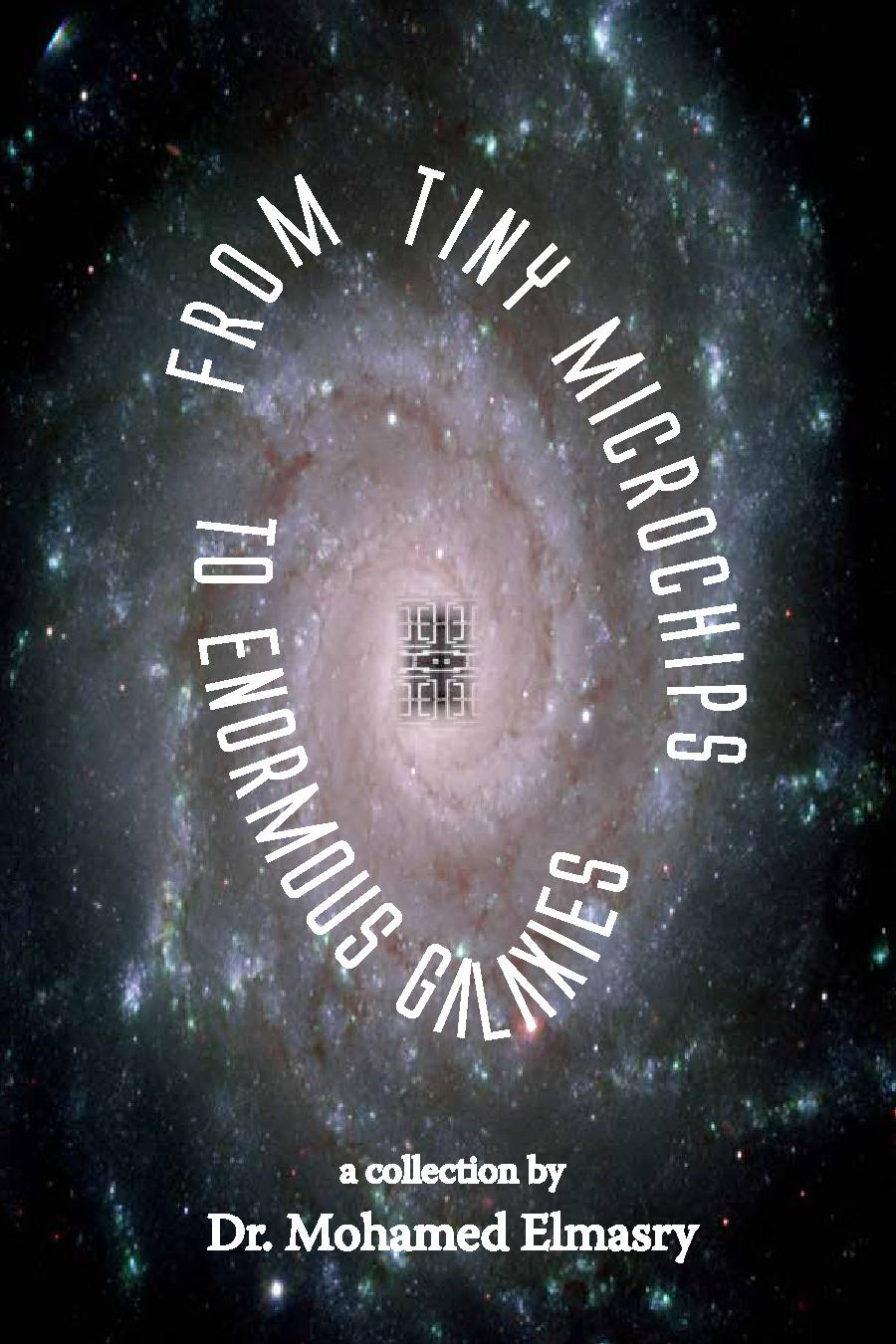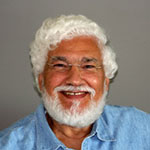October 5, 2019
Consciousness and its derivatives including superconsciousness deserve new exploration
What makes us different from one another are genes, upbringing, and life experience. And the relative impact of each factor also varies from one person to the next.
Despite the gene-mapping and bio-engineering advances of science, you and I have no individual control over our DNA. And we certainly can recall as children having no control over our upbringing! But as adults, we do have a say in how we respond to, and act upon, our life experiences.
These three factors – genes, upbringing, experience – all profoundly affect our perception of human consciousness and all its derivatives; unconsciousness, subconsciousness and superconsciousness.
Each of these areas has long been a subject of study in the fields of neuroscience, philosophy, psychology and religion, all of which contribute their distinct perspectives and conclusions.
Although they sometimes come into conflict, all four disciplines shine their own light on one of the most important aspects of human existence.
Greater understanding among experts in these areas is essential today if humans are to survive, let alone progress, in the future.
Consciousness is our awareness of all that is around us, while subconscious pertains to a downward world related to both past and present, a domain very familiar to neuroscience, philosophy, and psychology.
Superconsciousness logically ought to be an upward extension of consciousness, a recognition that we are not alone in this universe, and that is typically a domain of religion and spirituality.
Being unconscious is to lack awareness of one’s environment through sensory perception; this happens temporarily during sleep, is indeterminate during coma, and permanent in death.
The primary focus of neuroscience is to gain greater understanding of what it means to be conscious and how consciousness, subconsciousness, or superconsciousness can be mapped in the human brain, with its 100 billion neurons, billions more synapses, and myriad networks.
Scientists today believe that if we can measure the electrical signals associated with consciousness, then we can alter, correct, or heal the brain’s functioning state.
What makes this concept so complex, however, is that human neuronal circuitry is endlessly dynamic at each moment of interaction, real or imagined.
This is more daunting than ever in a world with 24/7 access to numerous communication and information technologies.
According to Prof. Max Velmans, Professor of Psychology at the University of London, many Western philosophers and psychologists believe that “anything that we are aware of at a given moment forms part of our consciousness, making conscious experience at once the most familiar and most mysterious aspect of our lives.”
Moreover, our inner sense of right and wrong, along with the complex ethical and moral principles that control or inhibit an individual’s thoughts and actions, also dictates our state of consciousness.
Medical science today is concerned about assessing consciousness in patients who are severely ill, comatose, or anesthetized, and how to treat conditions in which consciousness is impaired or disrupted.
Human consciousness is measured by standardized observation criteria such as the Glasgow Coma Scale, which uses a continuum of states ranging from full alertness and comprehension, through disorientation, delirium, loss of meaningful communication, and finally loss of movement in response to painful stimuli.
A variety of psychoactive drugs, including alcohol, have very noticeable effects on consciousness, ranging from a slight dulling of awareness produced by sedatives, an increased sensory intensity produced by stimulants and cannabis, and major distortions of perception, including hallucinations and mystical or spiritual experiences, produced by psychedelics or psychotropics.
All major Eastern and Western religions share a common aspiration to achieve the supreme aim of life; that is, the development of humanity’s superconsciousness, the highest level of awareness. They seek to reach this level through faith and rituals designed to reveal our full capacity for love and caring.
Religion sees the greatest threat to existence as being our collective alienation – our indifference to ourselves and others. And now, the study of religious practices by scientists concerned with superconsciousness is gaining wider interest, even from those who do not formally embrace religion.
Take, for example, the ancient discipline of prayer. A good friend and engineering colleague at the University of Waterloo related to me:
“Can our silent prayers be somehow heard? As an engineer who worked on wireless, electromagnetic (EM) waves and superconductor technologies, I can prove to you that it is feasible to have a system that can read our thoughts and possibly listen to our silent prayers.”
He unpacked his theory in four main points:
(1) It is well known and proven that our brains generate weak electromagnetic (EM) signals. They perhaps represent our thoughts and are modulated with a code so each individual generates a specific pattern of EM waves. There is a YouTube video showing a monkey who has electrodes attached to his brain and connected to a mechanical arm. When they brought a marshmallow near the monkey, they found that the mechanical arm moved and brought it to the monkey's mouth. Basically, his brain sent signals through electrodes in the mechanical arm, telling it to move the marshmallow close to his mouth.
It is also well known that researchers are working on using brain waves to control prosthetic limbs.
https://www.youtube.com/watch?v=jOkpn0BN2HE
(2)
There is a superconductor device called SQUID (Superconducting Quantum Interference
Device) which is basically an ultra-sensitive magnetometer capable of sensing very
weak signals of magnetic fields (waves). There has been significant research on
detecting EM waves from patients’ brains in order to study their medical conditions.
Scientists use a SQUID array in a helmet placed on the patient’s head. The test
is carried out in a room with thick metal walls to prevent interference from outside
magnetic fields. In 1991 I visited a company in Vancouver that had developed commercial
SQUID helmets to supply medical research institutes. You can also read more about
SQUID here:
https://en.wikipedia.org/wiki/Magnetoencephalography
(3) When we talk on cell phones, our words are transferred by EM waves that are read by a receiver, which not only interprets what we say, but can also differentiate among coded EM waves received simultaneously from thousands of cell phones.
Thus, it becomes more credible every day that our silent prayers are being heard. But, my colleague notes, “Whether they are fulfilled or not, that is a different question.”
He concludes, “I have a limited human knowledge, but of course God the Creator has the means to hear our silent prayers.”
And that is an answer good enough for those of us who embrace both faith and science.








